Abstract
1. Active and acid-activatable (inactive) renins were measured in rabbit plasma under control conditions and during sodium depletion with subsequent repletion. 2. Active renin increased by 97% during sodium depletion and returned to control levels on repletion. Both changes were complete within 1 day of changing the diet. 3. During dietary sodium depletion inactive renin levels initially fell to zero and then increased until, after 13 days, inactive renin was again 10% of total renin levels, a proportion comparable to the control values. 4. Sodium repletion caused plasma inactive renin to return to control levels over about 13 days, a quite different time course to active renin. Therefore, in the first phase of repletion the proportion of total renin in the inactive form rose to 19%. 5. These changes are discussed in relation to concurrent changes in sodium, potassium and water metabolism.
Full text
PDF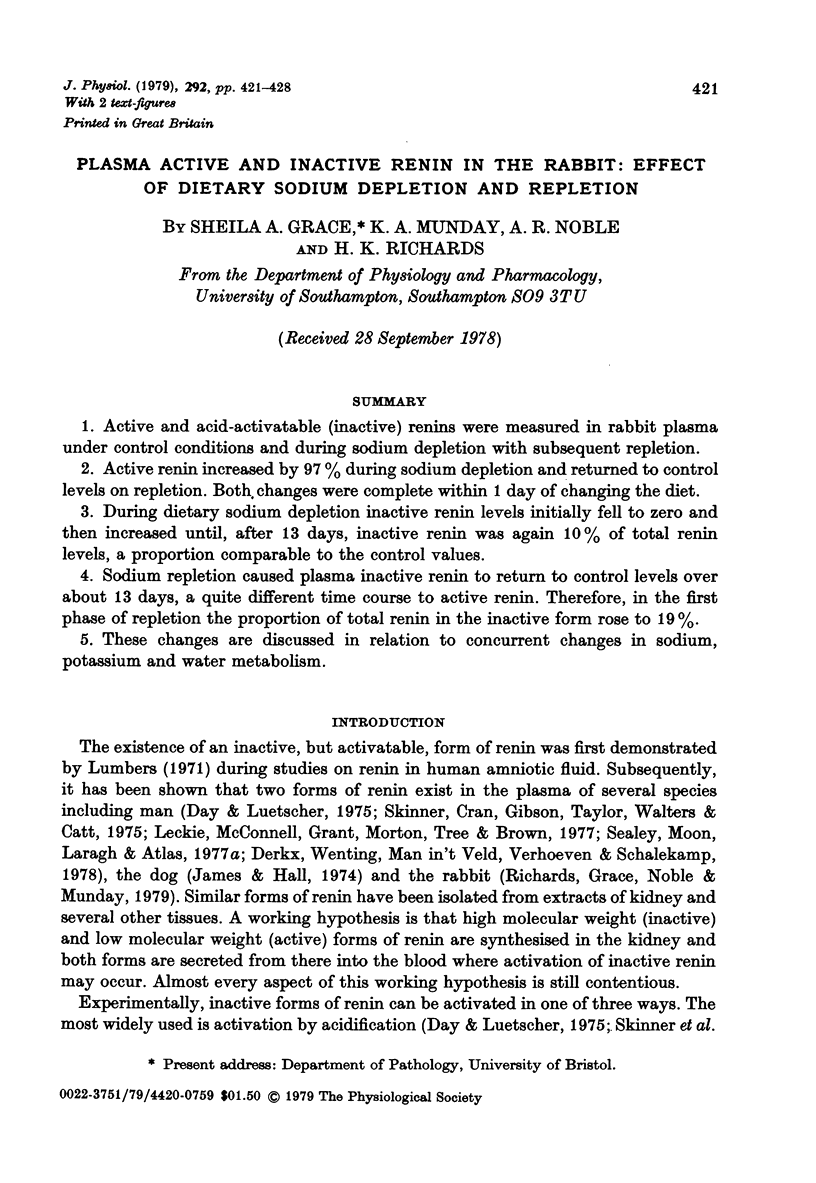
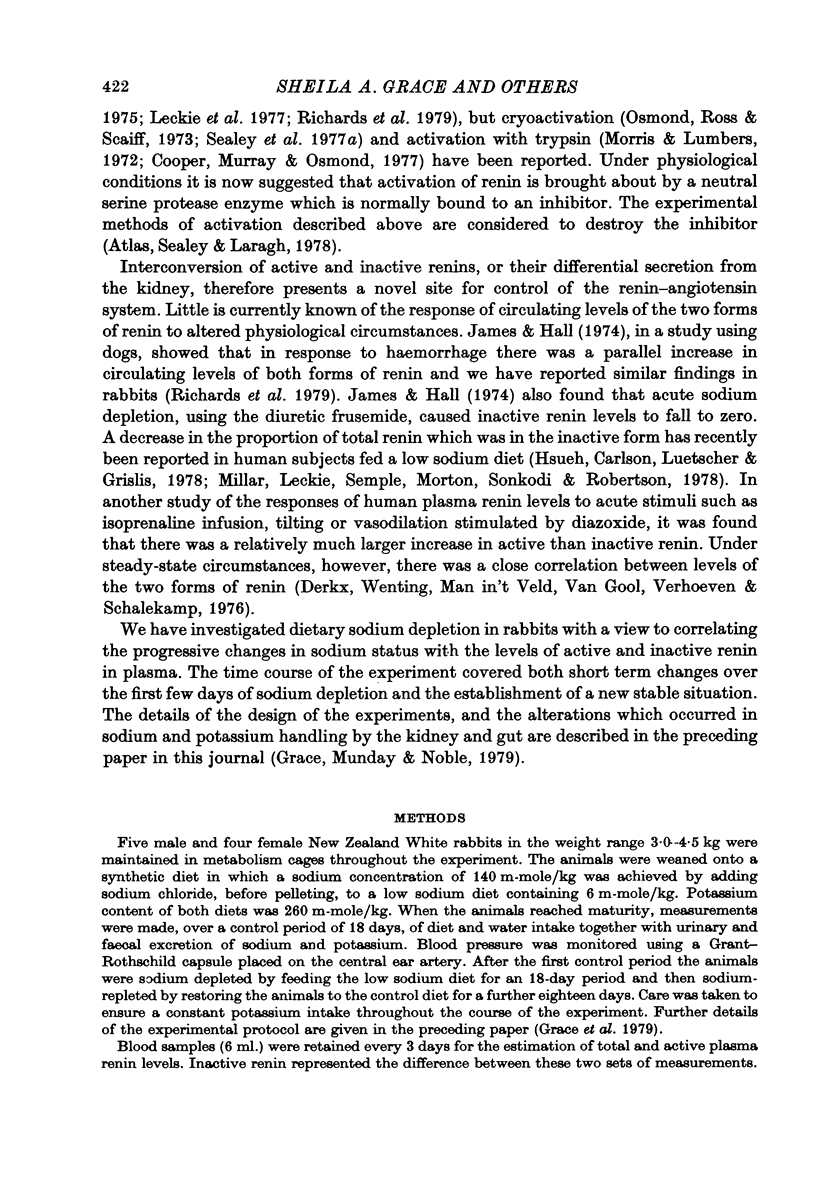
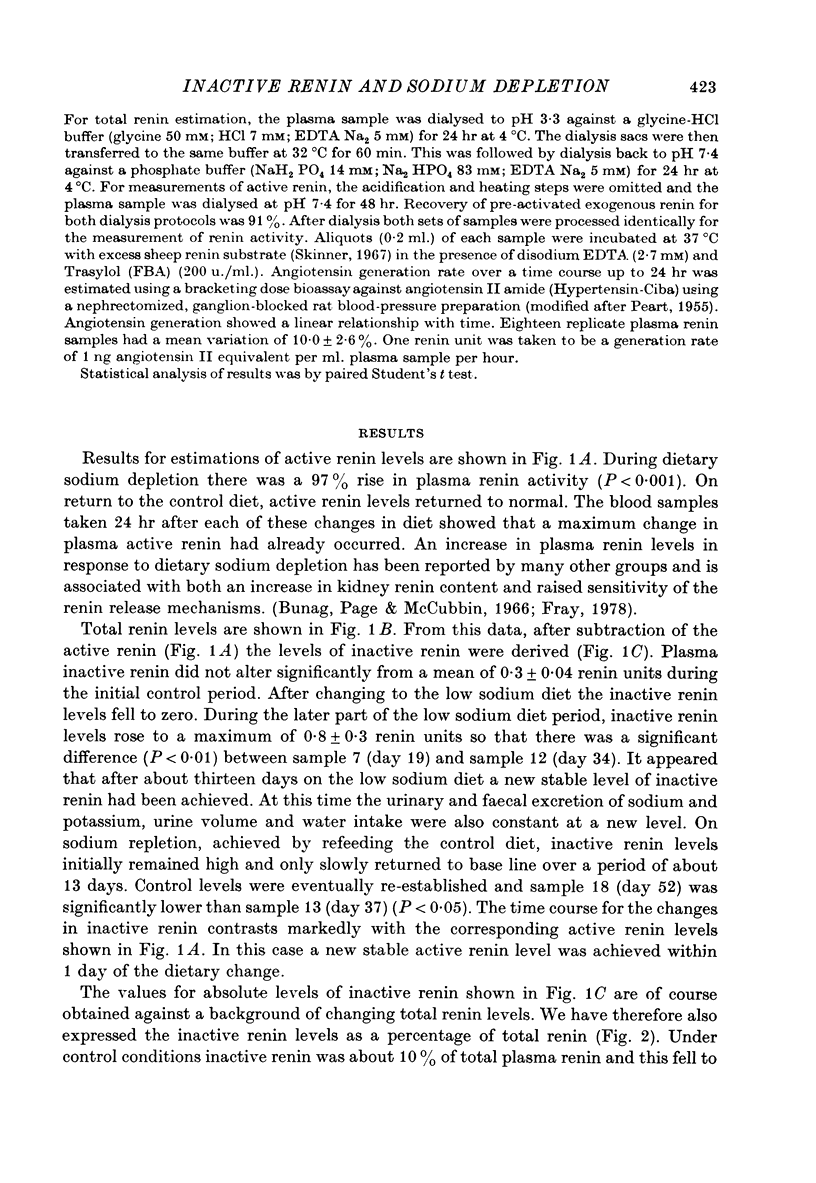
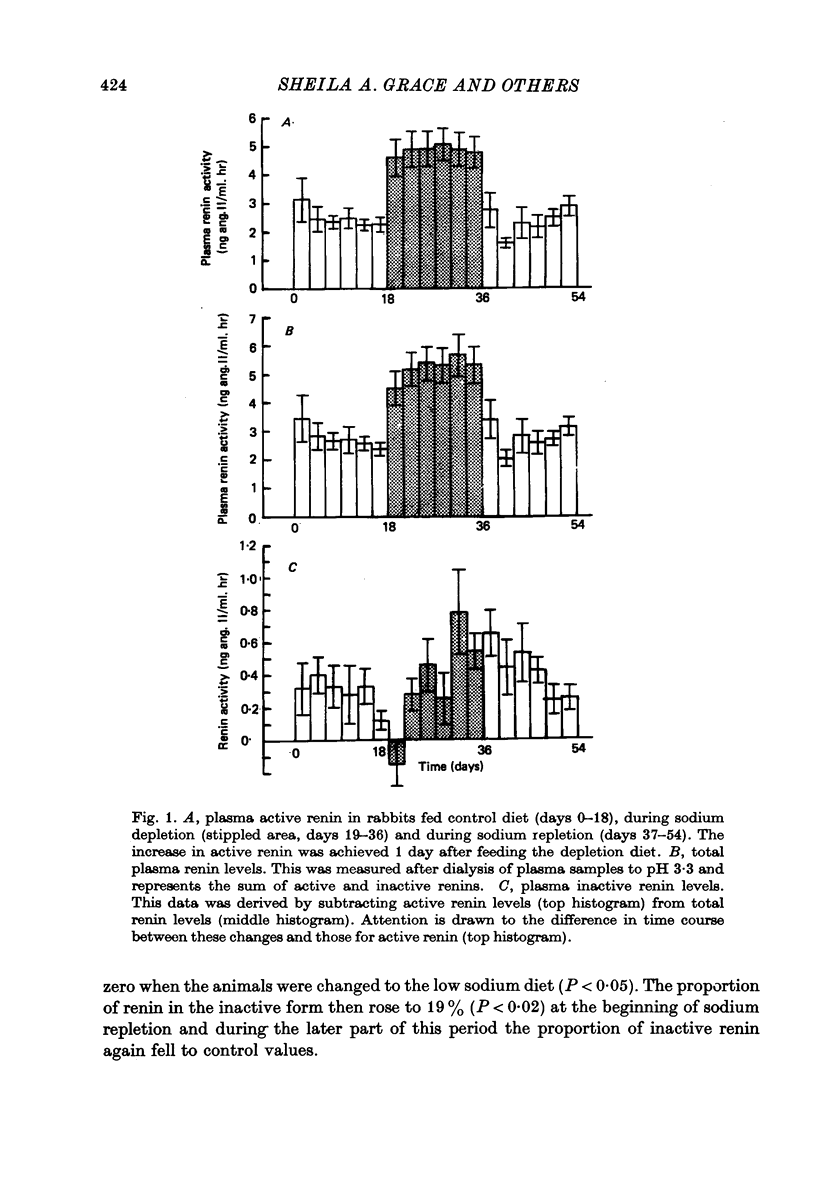
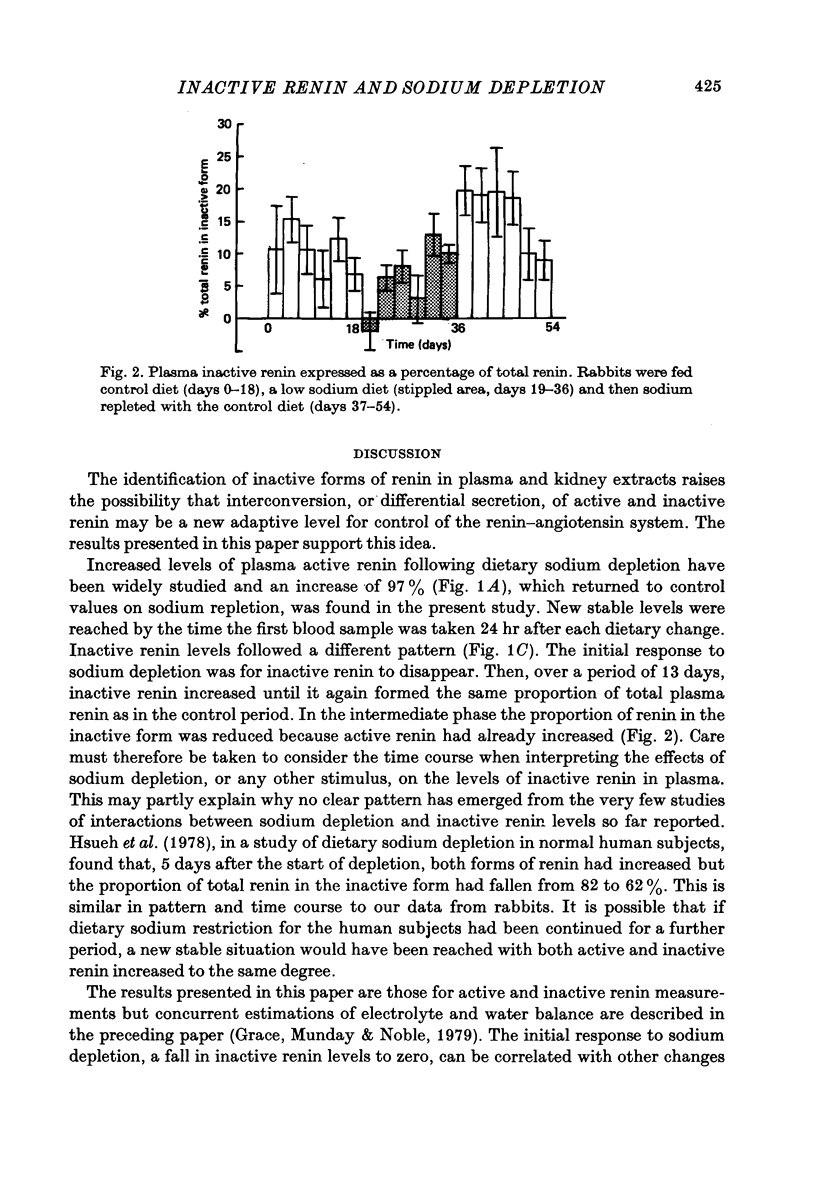
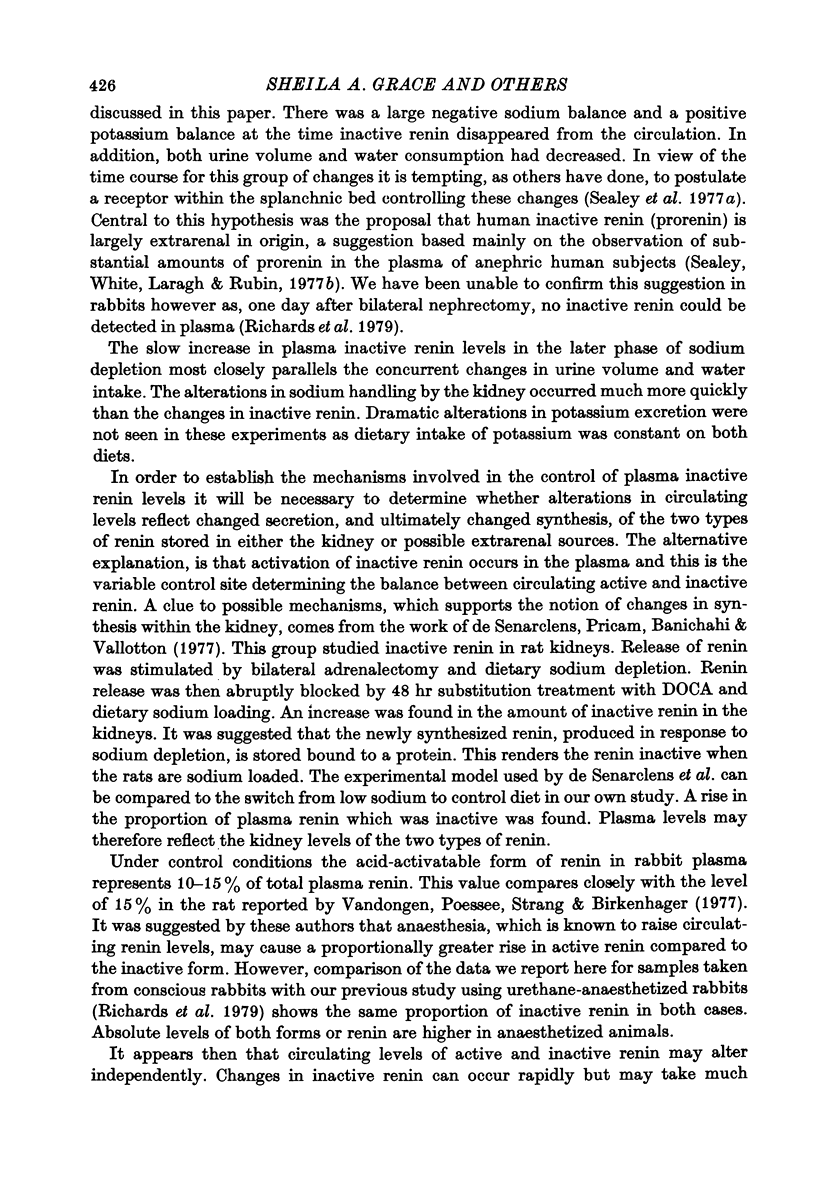
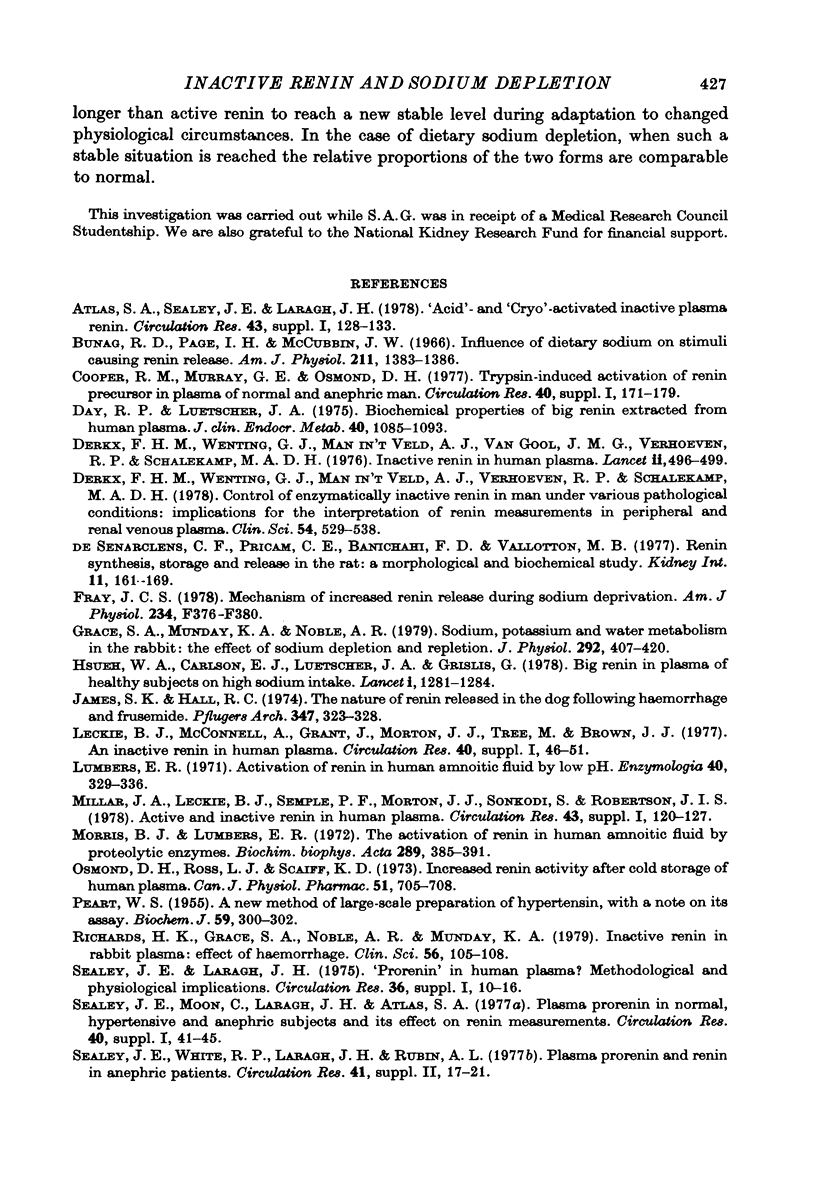
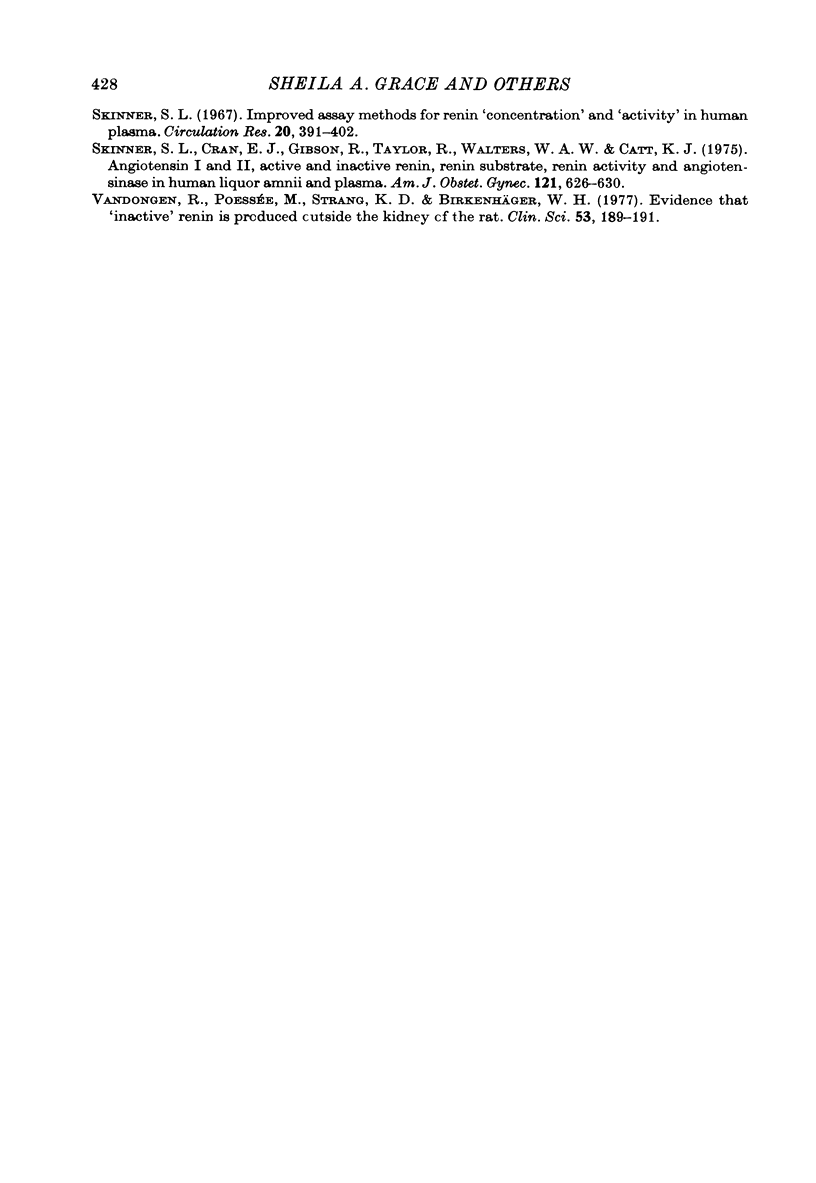
Selected References
These references are in PubMed. This may not be the complete list of references from this article.
- Bunag R. D., Page I. H., McCubbin J. W. Influence of dietary sodium on stimuli causing renin release. Am J Physiol. 1966 Dec;211(6):1383–1386. doi: 10.1152/ajplegacy.1966.211.6.1383. [DOI] [PubMed] [Google Scholar]
- Day R. P., Luetscher J. A. Biochemical properties of big renin extracted from human plasma. J Clin Endocrinol Metab. 1975 Jun;40(6):1085–1093. doi: 10.1210/jcem-40-6-1085. [DOI] [PubMed] [Google Scholar]
- Derkx F. H., Wenting G. J., Man in 't Veld A. J., Verhoeven R. P., Schalekamp M. A. Control of enzymatically inactive renin in man under various pathological conditions: implications for the interpretation of renin measurements in peripheral and renal venous plasma. Clin Sci Mol Med. 1978 May;54(5):529–538. doi: 10.1042/cs0540529. [DOI] [PubMed] [Google Scholar]
- Derkx F. H., von Gool J. M., Wenting G. J., Verhoeven R. P., Man in 't Veld A. J., Schalekamp M. A. Inactive renin in human plasma. Lancet. 1976 Sep 4;1(7984):496–499. doi: 10.1016/s0140-6736(76)90791-1. [DOI] [PubMed] [Google Scholar]
- Fray J. C. Mechanism of increased renin release during sodium deprivation. Am J Physiol. 1978 May;234(5):F376–F380. doi: 10.1152/ajprenal.1978.234.5.F376. [DOI] [PubMed] [Google Scholar]
- Grace S. A., Munday K. A., Noble A. R. Sodium, potassium and water metabolism in the rabbit: the effect of sodium depletion and repletion. J Physiol. 1979 Jul;292:407–420. doi: 10.1113/jphysiol.1979.sp012860. [DOI] [PMC free article] [PubMed] [Google Scholar]
- Hsueh W. A., Luetscher J. A., Carlson E. J., Grislis G. Big renin in plasma of healthy subjects on high sodium intake. Lancet. 1978 Jun 17;1(8077):1281–1284. doi: 10.1016/s0140-6736(78)91267-9. [DOI] [PubMed] [Google Scholar]
- Lumbers E. R. Activation of renin in human amniotic fluid by low pH. Enzymologia. 1971 Jun 30;40(6):329–336. [PubMed] [Google Scholar]
- Morris B. J., Lumbers E. R. The activation of renin in human amniotic fluid by proteolytic enzymes. Biochim Biophys Acta. 1972 Dec 7;289(2):385–391. doi: 10.1016/0005-2744(72)90090-3. [DOI] [PubMed] [Google Scholar]
- Osmond D. H., Ross L. J., Scaiff K. D. Increased renin activity after cold storage of human plasma. Can J Physiol Pharmacol. 1973 Sep;51(9):705–708. doi: 10.1139/y73-107. [DOI] [PubMed] [Google Scholar]
- PEART W. S. A new method of large-scale preparation of hypertensin, with a note on its assay. Biochem J. 1955 Feb;59(2):300–302. doi: 10.1042/bj0590300. [DOI] [PMC free article] [PubMed] [Google Scholar]
- Richards H. K., Grace S. A., Noble A. R., Munday K. A. Inactive renin in rabbit plasma: effect of haemorrhage. Clin Sci (Lond) 1979 Feb;56(2):105–108. doi: 10.1042/cs0560105. [DOI] [PubMed] [Google Scholar]
- Sealey J. E., Laragh J. H. "Prorenin" in human plasma? Circ Res. 1975 Jun;36(6 Suppl 1):10–16. doi: 10.1161/01.res.36.6.10. [DOI] [PubMed] [Google Scholar]
- Sealey J. E., White R. P., Laragh J. H., Rubin A. L. Plasma prorenin and renin in anephric patients. Circ Res. 1977 Oct;41(4 Suppl 2):17–21. doi: 10.1161/01.res.41.4.17. [DOI] [PubMed] [Google Scholar]
- Skinner S. L., Cran E. J., Gibson R., Taylor R., Walters W. A., Catt K. J. Angiotensins I and II, active and inactive renin, renin substrate, renin activity, and angiotensinase in human liquor amnii and plasma. Am J Obstet Gynecol. 1975 Mar 1;121(5):626–630. doi: 10.1016/0002-9378(75)90463-9. [DOI] [PubMed] [Google Scholar]
- Skinner S. L. Improved assay methods for renin "concentration" and "activity" in human plasma. Methods using selective denaturation of renin substrate. Circ Res. 1967 Apr;20(4):391–402. doi: 10.1161/01.res.20.4.391. [DOI] [PubMed] [Google Scholar]
- Vandongen R., Poessée M., Strang K. D., Birkenhäger W. H. Evidence that 'inactive' renin is produced outside the kidney of the rat. Clin Sci Mol Med. 1977 Aug;53(2):189–191. doi: 10.1042/cs0530189. [DOI] [PubMed] [Google Scholar]
- de Senarclens C. F., Pricam C. E., Banichahi F. D., Vallotton M. B. Renin synthesis, storage, and release in the rat: a morphological and biochemical study. Kidney Int. 1977 Mar;11(3):161–169. doi: 10.1038/ki.1977.24. [DOI] [PubMed] [Google Scholar]


